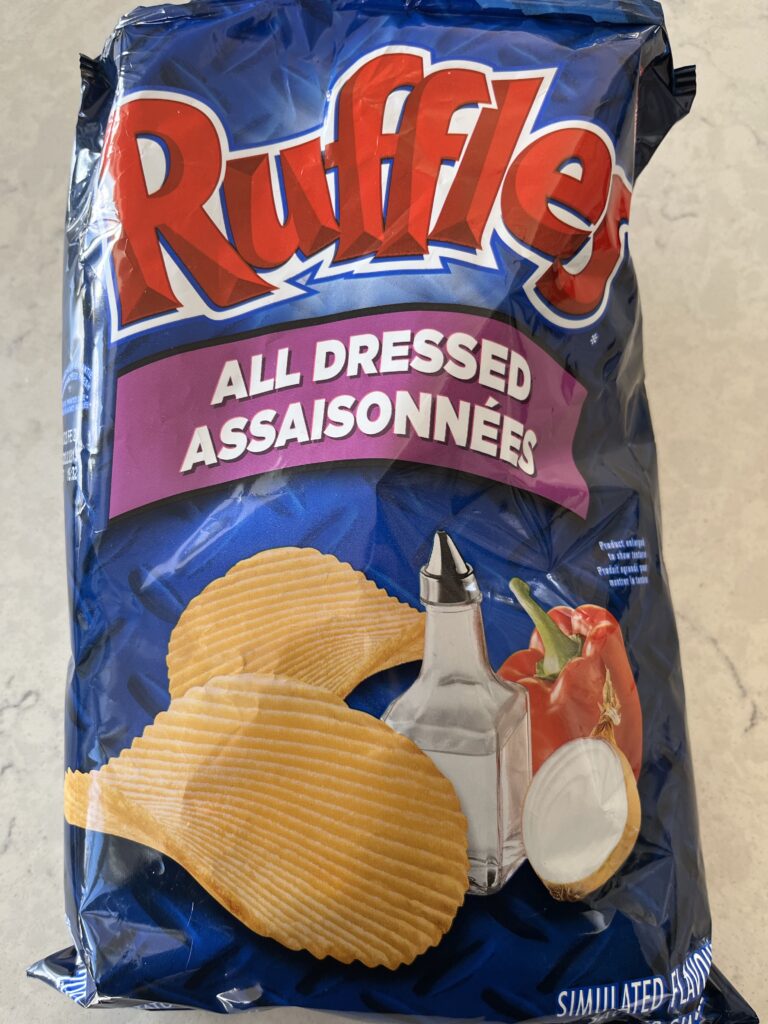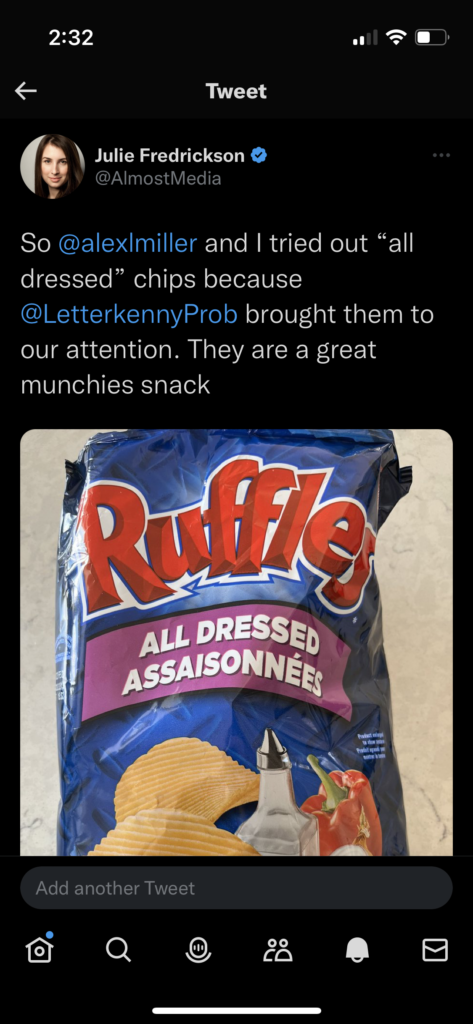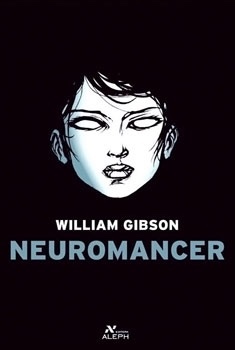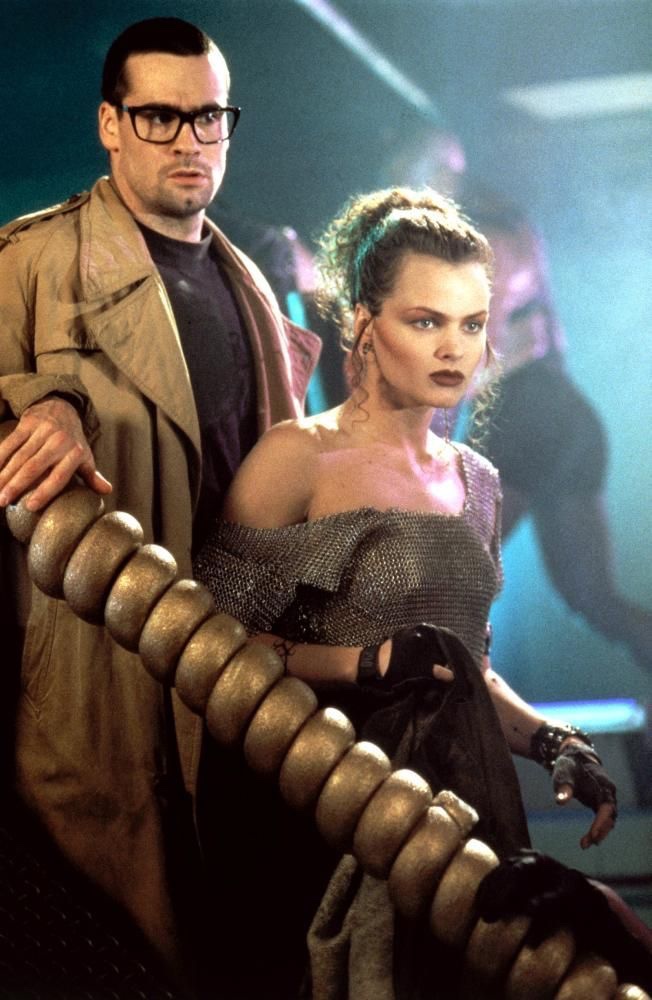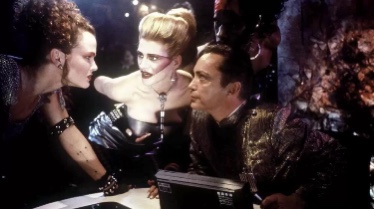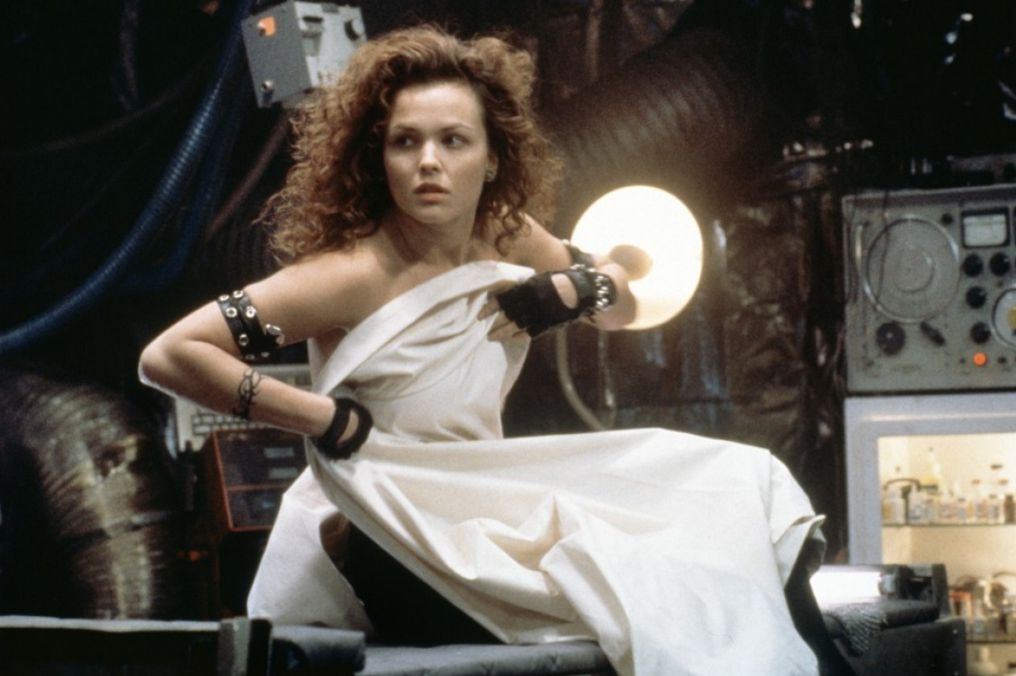As you may have seen in past posts, I am a fan of reality television. I believe it shows us a lot about popular culture and the human dramas that resonate this us.
There is something about being let into someone else’s life that is perhaps too titillating to resist. If you watch you will begin to empathize. And as we are social animals we will want to engage. We project some of our own things onto other lives that we see only dimly through the filters of editing and Instagram accounts.
I’ve been watching Love is Blind with a group chat. To say that the messages are spicy is an understatement. We are all engaged in the high human drama of dealing with your bullshit, finding a life with someone, and seeing your boundaries with a partner. Basically it’s trauma porn. You are seeing people’s open emotional wounds. But it’s also edited to make you feel that way. And we want to look because we might learn something about ourselves.
So the last weeks I’ve spent a bunch of time having opinions about Kwame and Chelsea and Micah and Paul. I care about what happens. And not just because someone’s mom is a stripper. It’s no wonder I’ve developed a parasocial relationship with television characters.
I’ve started to care about them because I see myself in them. But it’s messier and weirder so it’s safer. Surely we are better. And yet we see ourselves in them. It’s empathizing with humanity. And quite honestly I think more of you should watch these shows. It’s good to recognize the breadth of human love as revealed in all trashy glory that is reality dating shows. Honestly it’s fucking art.
